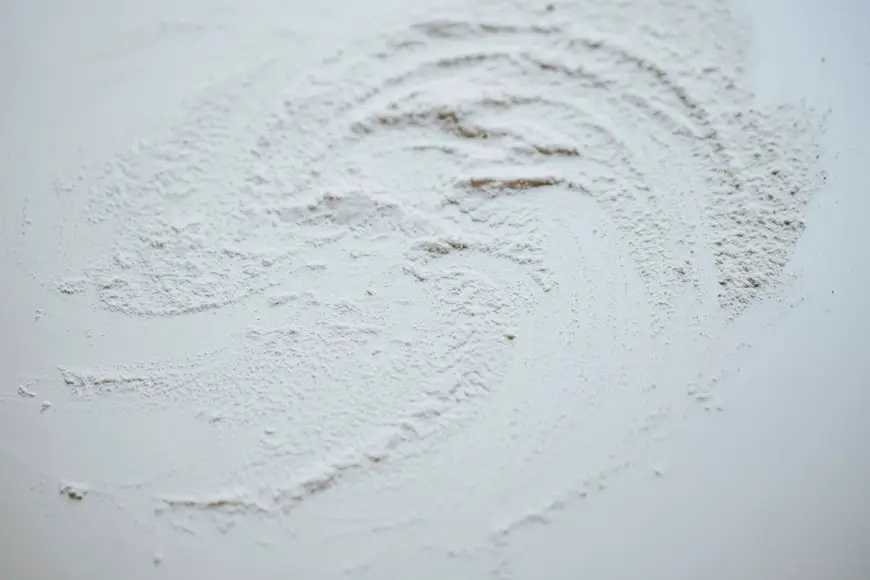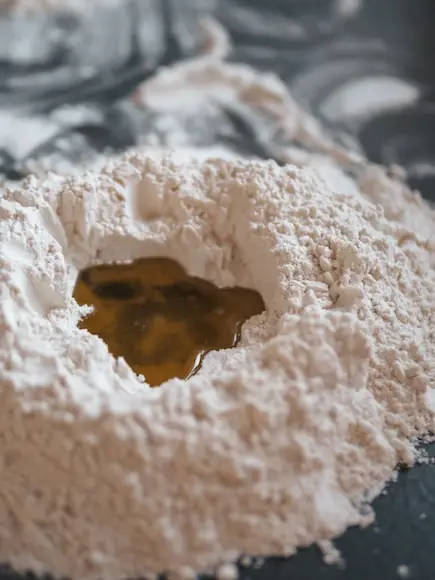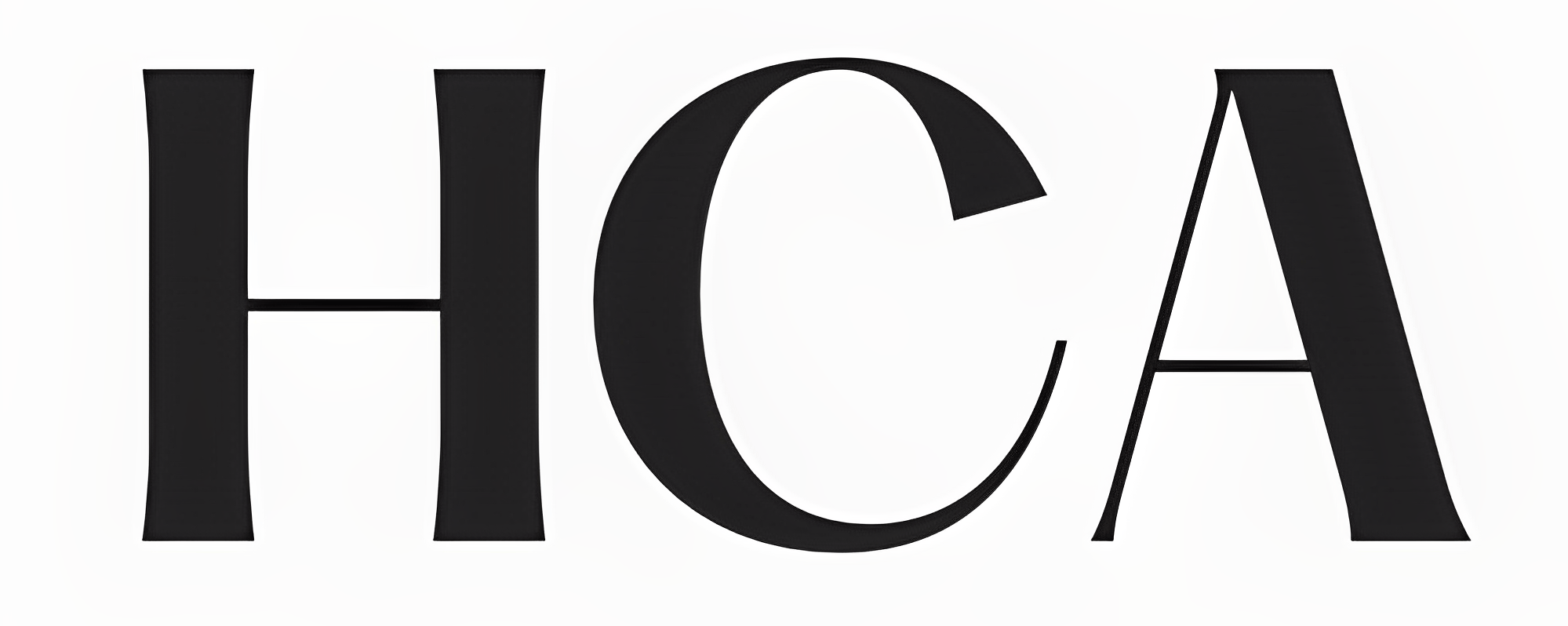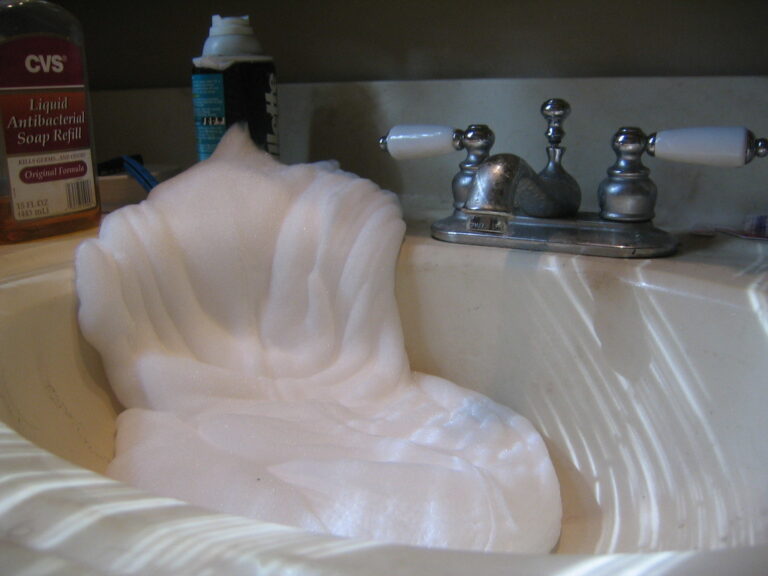Can You Shave with Talcum Powder: How-to, Safety & Why Barber Use It

Talcum powder, a common grooming product, has many uses, but can it be used for shaving?
this blog post, we will explore if you can shave with talcum powder, how to use it for shaving, whether baby powder can be used as a substitute, and the reasons why barbers use talcum powder.
Additionally, we’ll discuss the potential side effects of talcum powder and whether it’s safe for your skin. Let’s dive in and uncover the truth about talcum powder and shaving.
Can You Shave with Talcum Powder?
While it’s possible to shave with talcum powder, it’s not the most effective or recommended method.
Talcum powder can help absorb moisture and reduce friction between the skin and the razor, but it does not provide the same level of lubrication and protection as traditional shaving cream or gel.
This can lead to increased risk of cuts, nicks, and irritation during shaving.
How to Use Talcum Powder for Shaving
If you decide to use talcum powder for shaving, follow these steps:
- Clean your face with warm water to remove dirt and oil.
- Pat your skin dry with a clean towel.
- Apply a thin layer of talcum powder to the area you want to shave.
- Use a sharp razor and shave in the direction of hair growth, using gentle strokes.
- Rinse your face with cold water to remove any remaining talcum powder.
- Apply an aftershave or moisturizer to soothe your skin.
Can You Use Baby Powder to Shave?

Baby powder, which often contains talcum powder or cornstarch, can also be used for shaving. However, like talcum powder, it does not provide the same level of lubrication and protection as traditional shaving products.
Using baby powder for shaving may increase the risk of cuts and irritation, so it’s best to stick to proper shaving creams or gels.
Why Do Barbers Use Talcum Powder?
Barbers use talcum powder for various reasons, such as:
- Absorbing moisture: Talcum powder can help absorb sweat and oils, keeping the skin dry and making it easier for the barber to work.
- Reducing friction: Talcum powder can minimize friction between the skin and tools, such as razors and clippers, making the shaving process smoother and more comfortable.
- Soothing the skin: Talcum powder can help soothe irritated skin after shaving and reduce redness.
However, it’s important to note that barbers generally use talcum powder in addition to other shaving products, not as a standalone solution.
Side Effects of Talcum Powder: Is It Safe for Skin?
Talcum powder is generally considered safe for external use, but it can cause some side effects for certain individuals, especially those with sensitive skin. Potential side effects include:
- Skin irritation: Talcum powder can cause redness, itching, and discomfort in some people.
- Allergic reactions: Some individuals may be allergic to talcum powder, resulting in rashes or hives.
- Respiratory issues: Inhaling talcum powder can lead to respiratory problems, so it’s essential to avoid breathing in the powder while using it.
Moreover, there have been concerns about the potential link between talcum powder and cancer. While research is still ongoing, it’s a good idea to use talcum powder sparingly and consider alternatives if you’re concerned about its safety.
Can You Shave with Shea Butter?
Shea butter is a versatile and potent ingredient derived from the nuts of the African shea tree.
Rich in vitamins A, E, and F, and fatty acids, shea butter is known for its exceptional moisturizing and skin healing properties.
Shea butter is highly effective at reducing inflammation, making it the perfect ingredient for your shaving cream.
As a natural emollient, it softens and smoothens the skin, providing a protective barrier that locks in moisture and keeps your skin hydrated.
To answer your question : Yes, you absolutely can! In fact, using shea butter as a shaving cream can make the shaving process smoother, more comfortable, and less irritating to the skin.
The creamy texture of shea butter creates a protective layer between your skin and the razor, allowing the blade to glide effortlessly across the skin without causing nicks or cuts.
Furthermore, shea butter’s anti-inflammatory properties help reduce redness and irritation, ensuring a pleasant shaving experience.
To shave with shea butter, simply follow these steps:
- Cleanse your skin and wet the area you want to shave.
- Apply a thin layer of shea butter onto the skin.
- Shave gently in the direction of hair growth.
- Rinse the razor frequently to remove hair and shea butter buildup.
- After shaving, rinse your skin with warm water and pat dry.
Does Shea Butter Cure Razor Bumps?
Shea butter’s anti-inflammatory and healing properties make it an excellent choice for treating razor bumps.
Razor bumps occur when hair follicles become irritated and inflamed due to friction from shaving.
Shea butter helps soothe and calm the skin, reducing redness and swelling associated with razor bumps.
Regular use of shea butter as a shaving cream or post-shave moisturizer can significantly minimize the occurrence of razor bumps and promote healthier, smoother skin.
In addtion to that, Vitamin E also Help in healing Razor Bumps.
Can You Use Shea Butter in Private Parts After Shaving?
Yes, shea butter can be safely used on private parts after shaving.
In fact, its natural soothing and healing properties make it an excellent choice for sensitive areas prone to irritation.
After shaving, simply apply a small amount of shea butter to the shaved area and gently massage it into the skin.
This will help moisturize and soothe the skin, reducing redness, itching, and discomfort.
Shea Butter Before or After Shaving: When to Use It
Shea butter can be used both before and after shaving for optimal results.
As mentioned earlier, using shea butter as a shaving cream can provide a smooth and comfortable shave while reducing irritation.
After shaving, shea butter can be applied as a moisturizer to soothe, hydrate, and heal the skin, promoting a healthy, glowing complexion.
Can You Use Shea Butter on Your Legs?
Definitely! Shea butter can be used to shave and moisturize your legs, leaving them feeling soft, smooth, and irritation-free.
The nourishing properties of shea butter make it an excellent choice for maintaining healthy, supple, and radiant legs.
Simply follow the steps outlined earlier to shave your legs using shea butter, and don’t forget to apply it afterward as a moisturizer to lock in hydration and promote skin healing.
Other Alternatives to Shaving Cream
If you’re interested in exploring more natural alternatives to traditional shaving creams, there are several options to consider. Some popular alternatives include:
- Coconut oil: Rich in antioxidants and antibacterial properties, coconut oil is an excellent choice for shaving, leaving your skin soft and smooth.
- Aloe vera gel: Known for its soothing and hydrating properties, aloe vera gel can be used as a gentle and effective shaving cream.
- Olive oil: With its moisturizing and antioxidant properties, olive oil can provide a smooth and comfortable shave while nourishing the skin.
- Castile soap: Made from plant-based oils, castile soap can create a rich and moisturizing lather, perfect for a close and comfortable shave.
Remember to choose a natural alternative that suits your skin type and preferences. Always patch-test a new product to ensure it doesn’t cause any adverse reactions.
Conclusion
While it’s possible to shave with talcum powder, it’s not the most effective or recommended method. Traditional shaving creams or gels provide better lubrication and protection, reducing the risk of cuts and irritation.
Talcum powder can be used alongside other shaving products to absorb moisture and reduce friction, but be cautious of its potential side effects, especially for those with sensitive skin.
Always use shaving products that best suit your skin type and needs to ensure a comfortable and safe shaving experience.






